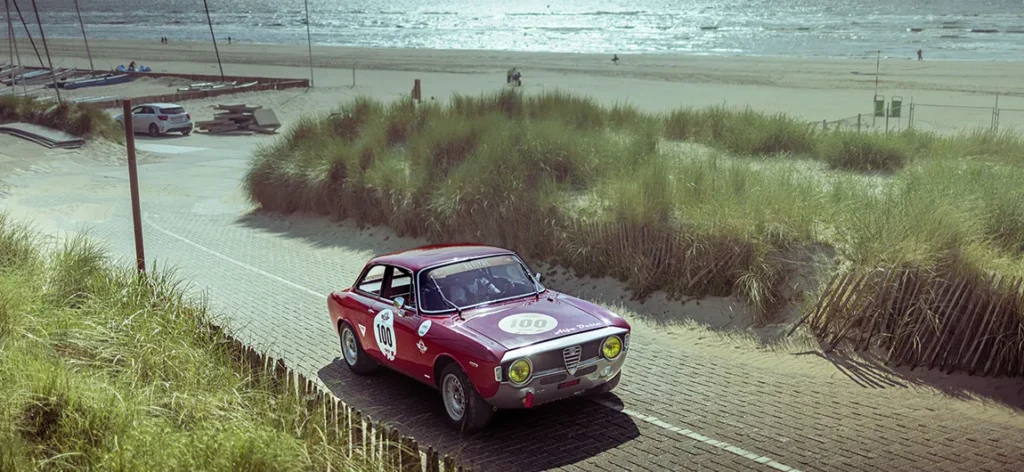PEAK ALFA
Bertone
15 July 2024 • Written By Virgiliu Andone
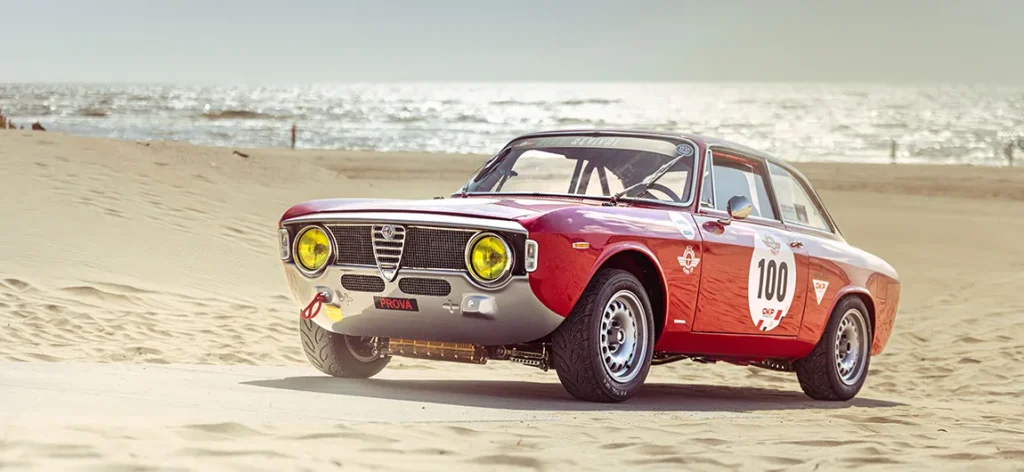
Carrozzeria Bertone started in 1912, in Turin. Founder Giovanni Bertone made his initial reputation by building horse-drawn carriages, but he was not going to be left behind when the novel concept of the automobile took off. His son, Nuccio Bertone joined the company in 1933 and got bit by the motor racing bug, which compelled him to enter a few competitions, including the Mille Miglia – of course, by the means of an in-house prepped barchetta.
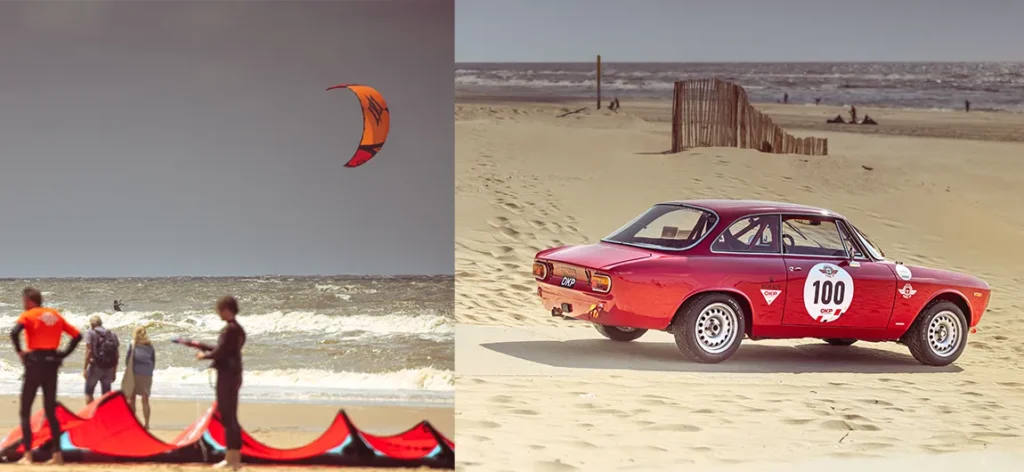
Nuccio wasn’t a designer himself, but he possessed one of the sharpest eyes in the industry. He was able to spot a great design when he saw one and he was also a genius at recruiting the best designers to work for him. Tuscan fashion stylist Franco Scaglione shattered the limits of imagination with his B.A.T. concepts, effectively forcing Alfa Romeo’s hand to employ his services and, later on, Marcelo Gandini put Carrozzeria Bertone at the forefront of the wedge revolution with his iconic work for Lamborghini, giving us the Marzal, the Countach and the Espada, to name but a few. Gandini was, of course, no stranger to penning Alfa wedges, such as the Carabo and the Montreal. Scaglione and Gandini are both firmly in the Pantheon of designers, but the one person that is widely regarded to have been even better than this formidable pair is Giorgetto Giugiaro. And, you’ve guessed it, he also started his career working for Nuccio at the Grugliasco factory.
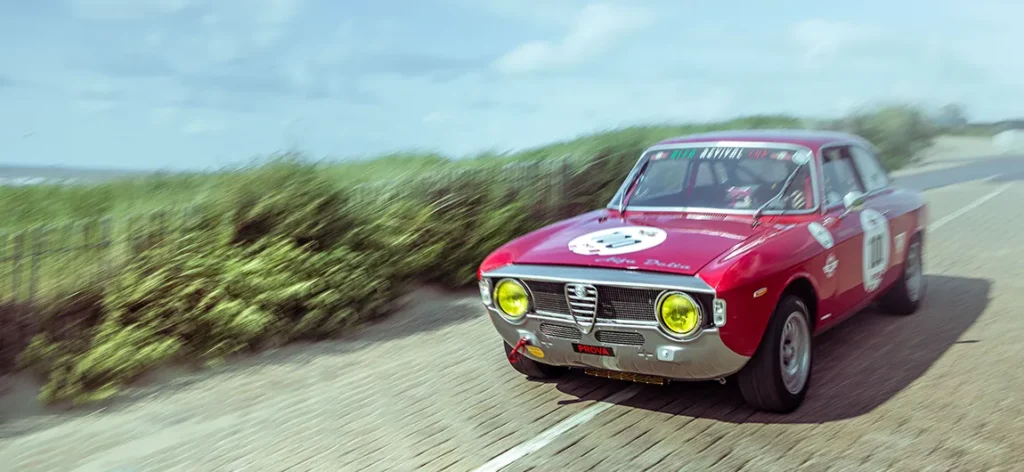
Giorgetto Giugiaro’s first projects at Bertone were a pair of GTs, the style he was mostly adept of at that time. One of them was the British Gordon-Keeble and the second one the Alfa Romeo 2000 Sprint. The latter’s influence would prove decisive in shaping his greatest take on the Italian Gran Turismo theme for the Milanese brand. The body that the British restomoders were so inspired to leave virtually unchanged was where Giugiaro pulled off one of his masterpieces.
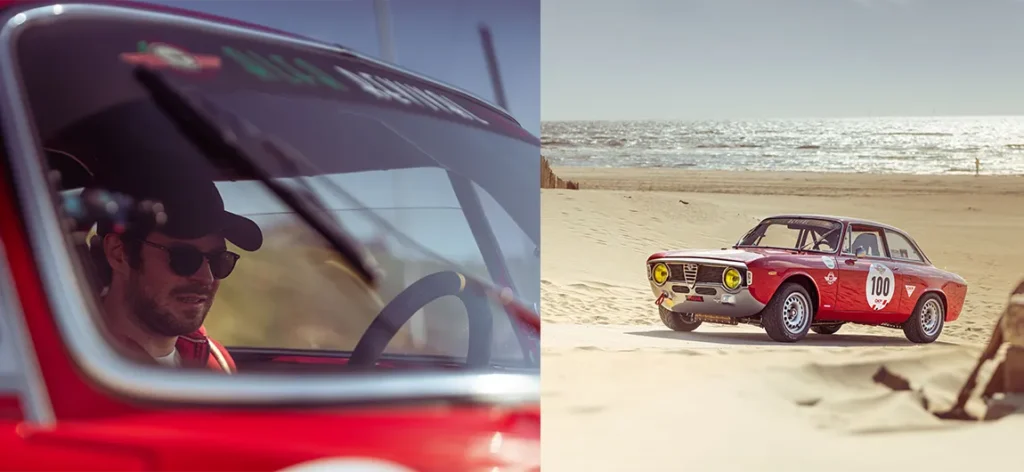
Compared to the 2000 Sprint, the Tipo 105 coupé was smaller, sharper and much better resolved at the rear end. Gone was the Scaglione-inspired tail that echoed the Sprint Speciale, now replaced by a wide-looking, muscular derriere, with a concave recess hosting its two horizontal tail lights. The stricter surface tension lends itself well to some crisp angular shutlines, which combine to admirable effect in the car’s most distinctive feature, the step nose. Lovingly named scalino, meaning little step, this detail will become the nickname of the first and most desirable series of the Tipo 105 coupé. Set just above the headlights, it was originally meant as an engine cooling opening, but it was blocked off as it was ultimately deemed unnecessary.
The race versions also are the ones who gave the car its greatest look, with the wider wheels and lowered stance still making onlookers weak at the knees to this day. And it’s one of these cars that we brought to the stunning beach in Zandvoort to honour Bertone’s legacy.
